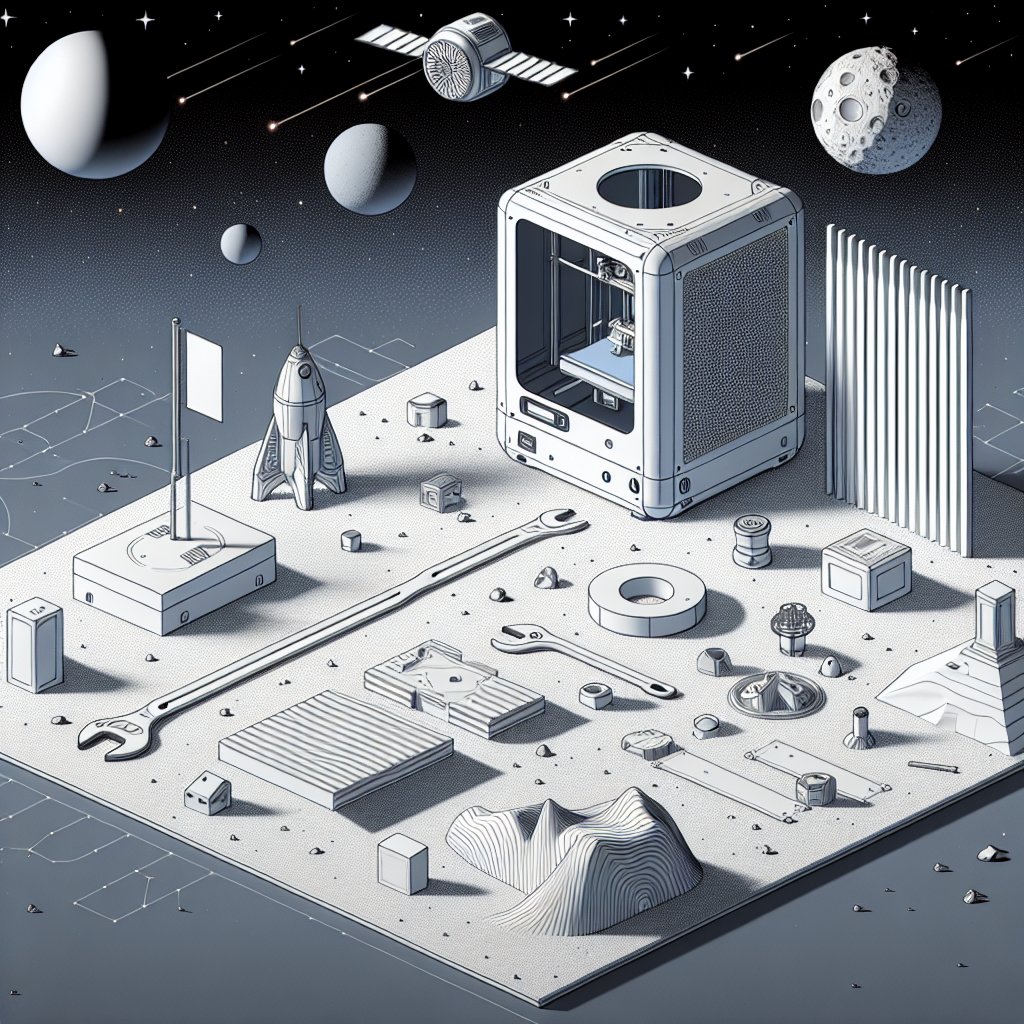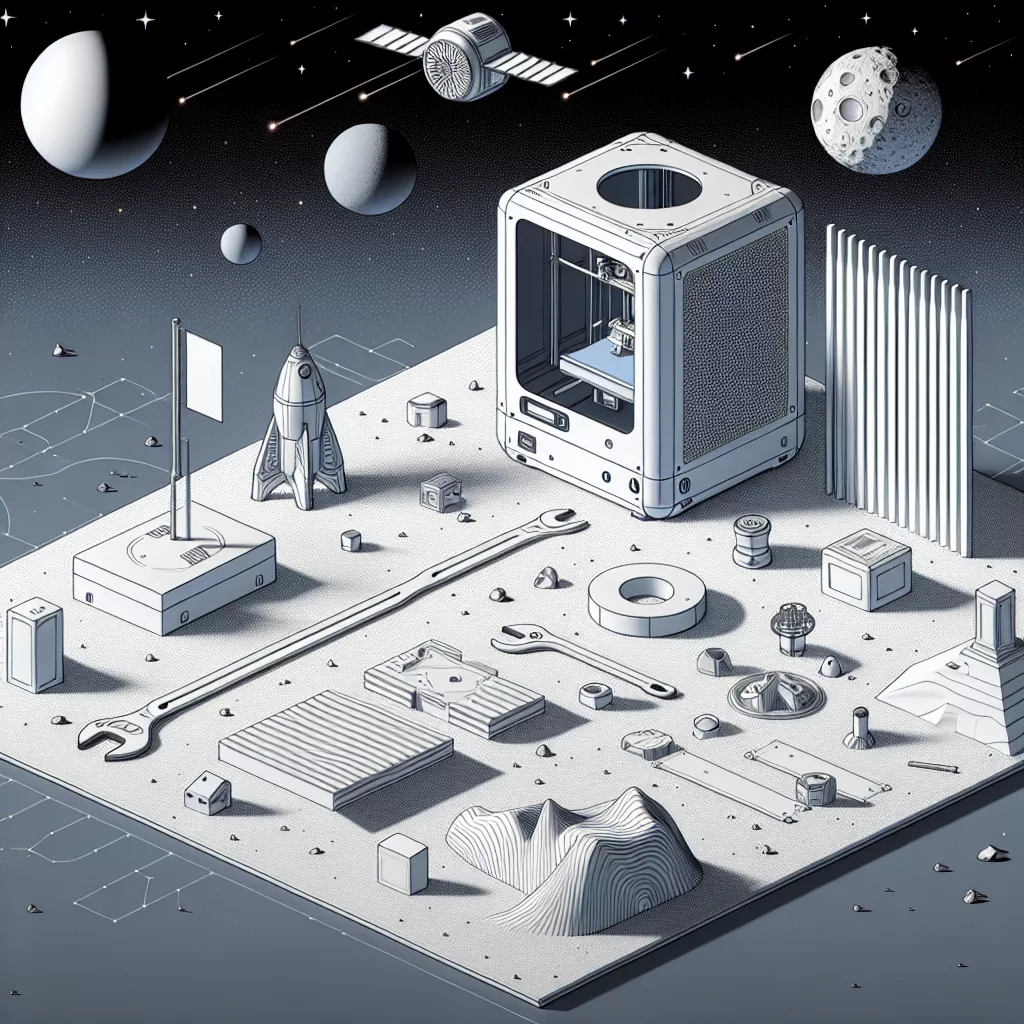Introduction: Expanding Horizons with 3D Printing
In recent years, 3D printing, also known as additive manufacturing, has stepped into the limelight as a vital tool in the field of space exploration. This groundbreaking technology allows astronauts and engineers to create precise, durable components directly in space, significantly enhancing our capability to explore beyond Earth’s orbit and paving the way for sustainable, long-term space missions. Let’s delve deeper into how the utilization of 3D printing is shaping the future of space exploration.
The Challenge of Space Logistics
Traditionally, space exploration relies heavily on launching all necessary components and spare parts from Earth, a costly, complex, and time-consuming process. The limitations in payload capacity and high rocket launch expenses have always constrained mission scope and duration. However, by employing 3D printing technology in orbit, space agencies can significantly reduce these logistical constraints. Astronauts can simply print tools, parts, and even habitats on demand, eliminating the need for storing extensive inventories aboard spacecraft.
Creating Tools and Spare Parts in Orbit
One of the most compelling examples of 3D printing’s success in space is NASA’s collaboration with Made In Space, which developed the Zero-G printer tested aboard the International Space Station (ISS). This device provides astronauts the ability to manufacture customized tools, replacement components, and vital equipment directly within orbit. For example, a broken or lost wrench no longer poses a significant risk or delay—astronauts can simply print a new one. Such immediate availability significantly enhances mission flexibility, safety, and sustainability.
Constructing Habitats and Infrastructure on Other Worlds
Beyond Earth’s orbit, 3D printing can revolutionize how structures are created on the Moon, Mars, or other celestial bodies. Researchers have already demonstrated that local materials, such as lunar or Martian regolith, can be utilized as “ink” in 3D printing setups to build shelters, landing pads, roads, and protective structures. These printed habitats would provide crucial shielding from harsh environments, radiation, and micrometeorites, enabling prolonged human presence without the costly requirement of transporting large structures from Earth.
Innovative Rocket Engine Manufacturing
Back on Earth, 3D printing has dramatically transformed rocket engine design and manufacturing. Companies like SpaceX, Rocket Lab, and Relativity Space utilize advanced additive manufacturing techniques to produce lighter, stronger, and more efficient rocket components. Engines with complex geometries that were previously impossible or prohibitively expensive to manufacture can now be printed rapidly and economically. This advancement in rocket design and manufacturing significantly reduces production timelines and costs, accelerating the pace of innovation and exploration.
Sustainability and Waste Reduction in Space Missions
Space missions traditionally produce significant amounts of waste materials and discarded equipment. With 3D printing technology, astronauts can recycle and repurpose these discarded materials by melting them down and reusing them as printing material. This closed-loop system greatly reduces waste and enables astronauts to sustainably manage materials, significantly enhancing the environmental friendliness and long-term viability of space missions.
Future Prospects: Onward to New Frontiers
The integration of 3D printing technology into space exploration strategies presents limitless potential. As technology advances further, the precision, speed, and capabilities of additive manufacturing will increase dramatically. Future missions to Mars and beyond will almost certainly rely heavily on 3D printing technologies to build infrastructure, create habitats, and maintain spacecraft systems, drastically reducing costs and expanding the possibilities for human and robotic exploration.
Conclusion: The Sky is No Longer the Limit
Clearly, 3D printing has revolutionized the way we approach space exploration, providing solutions to complex logistical challenges, improving sustainability, and expanding our horizons. As we continue to refine and enhance additive manufacturing technologies, humanity will push further into space, establishing a genuinely sustainable presence beyond Earth. The future of space exploration is exciting, and 3D printing stands at its forefront, turning science fiction into reality.


Leave a Reply